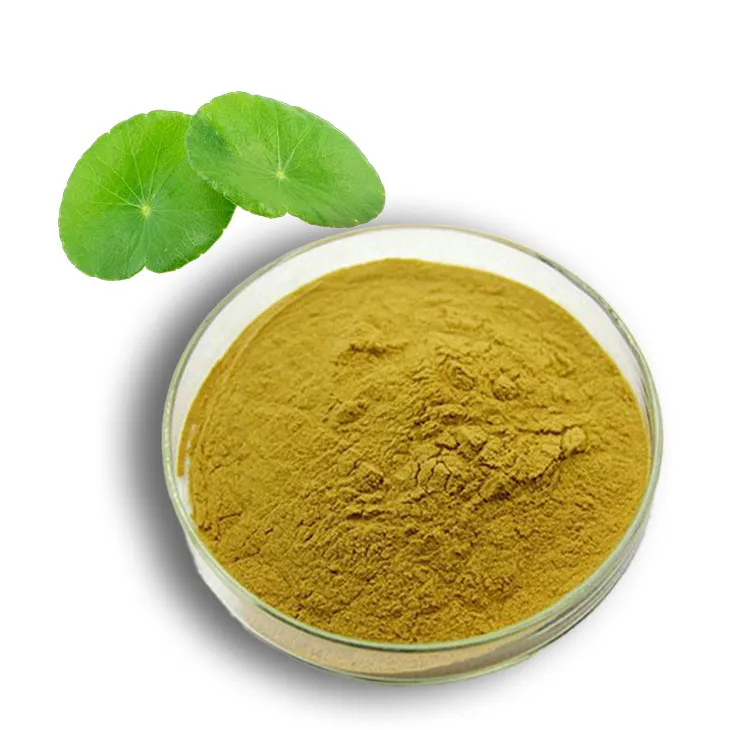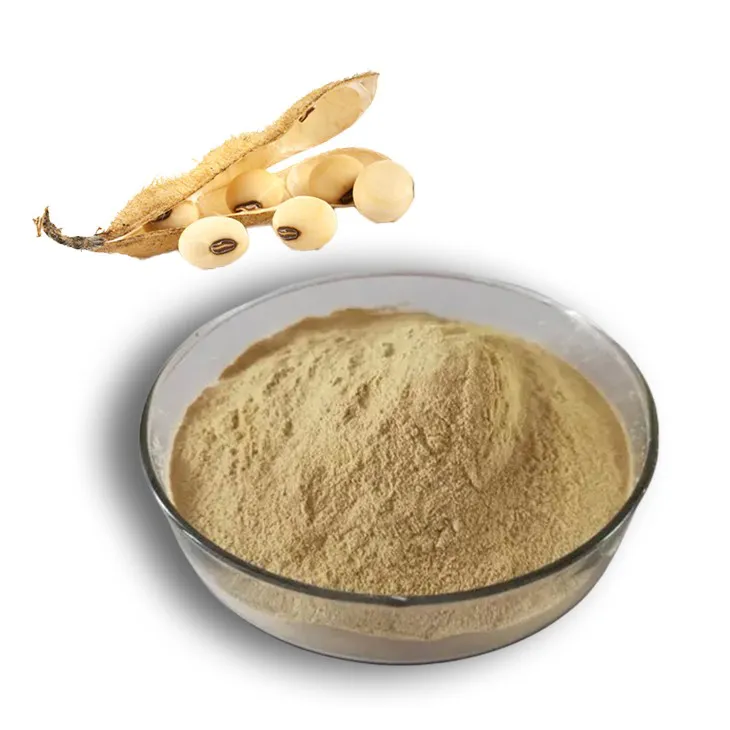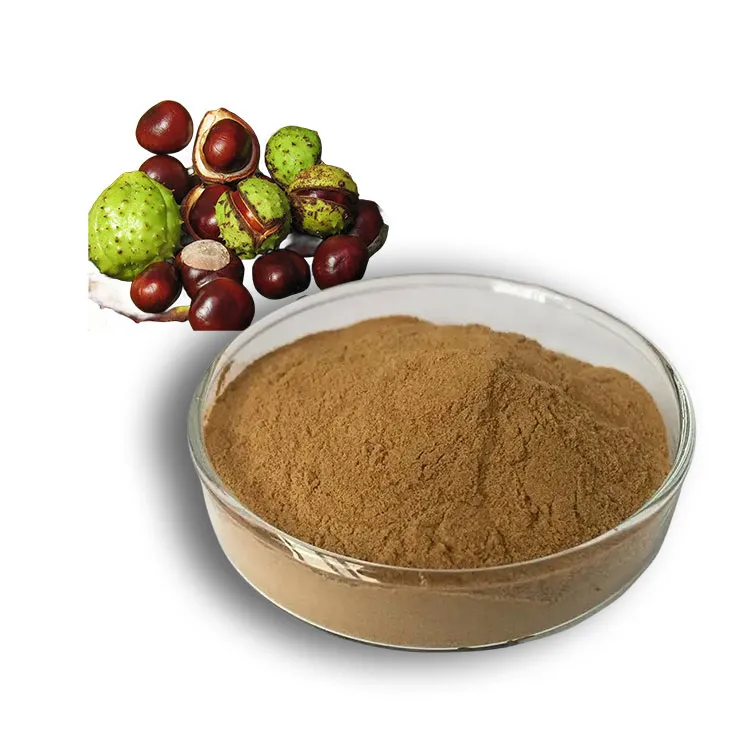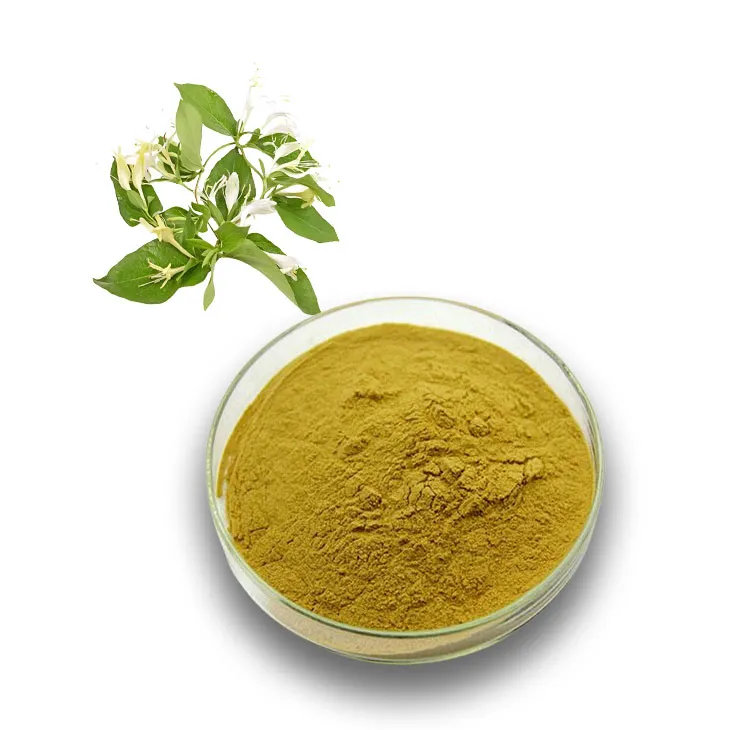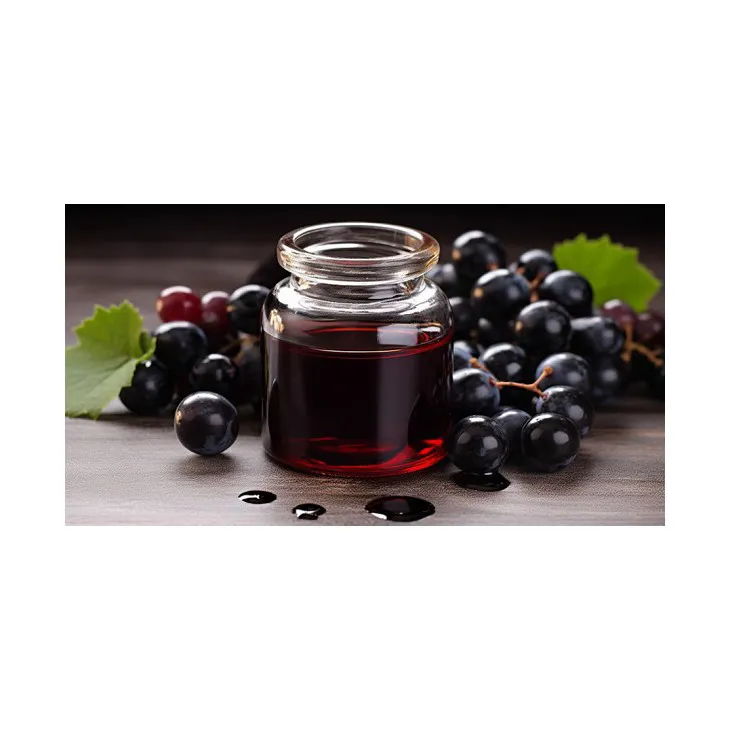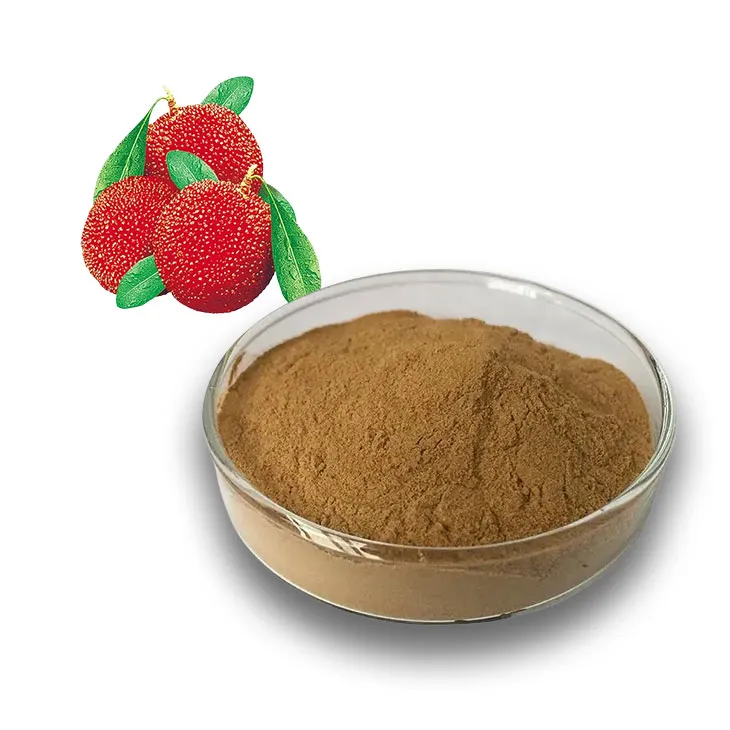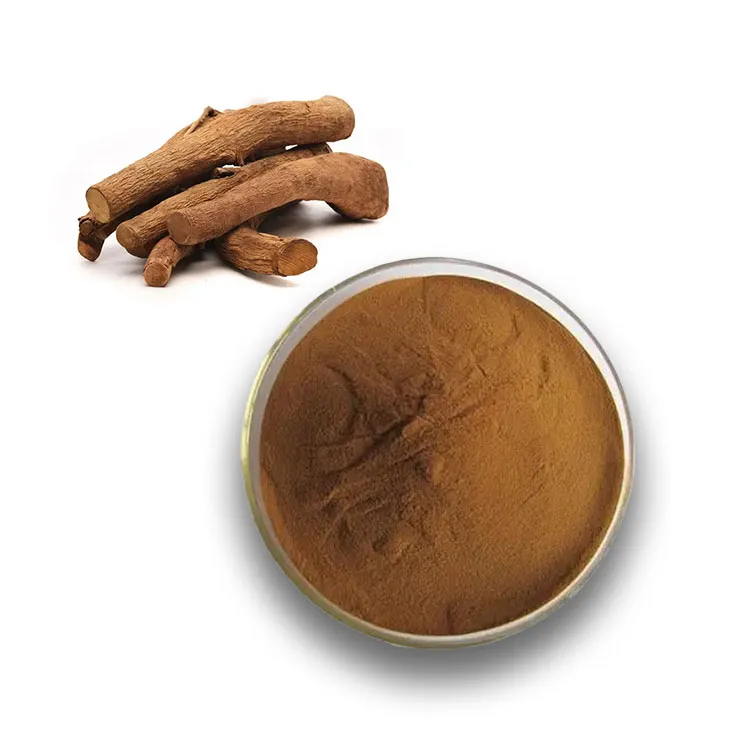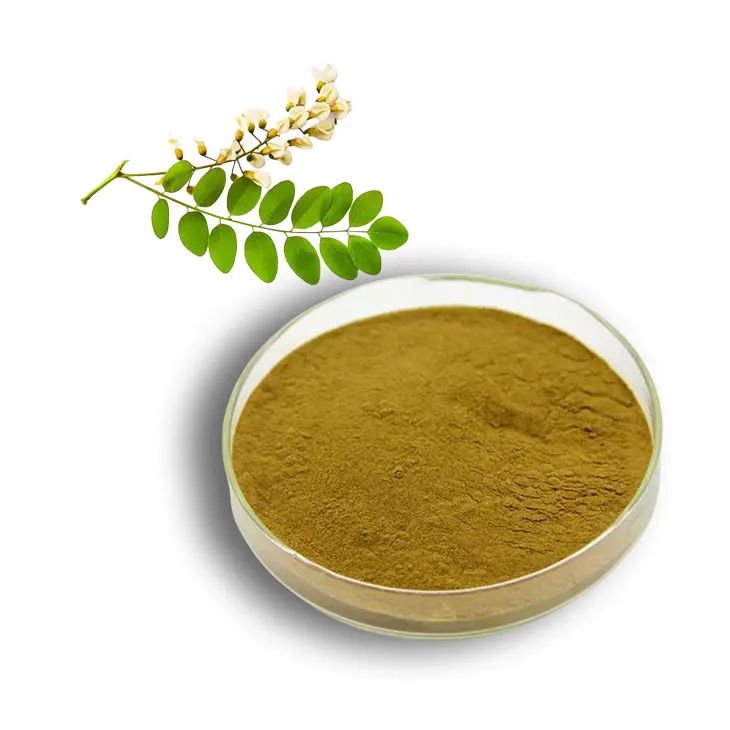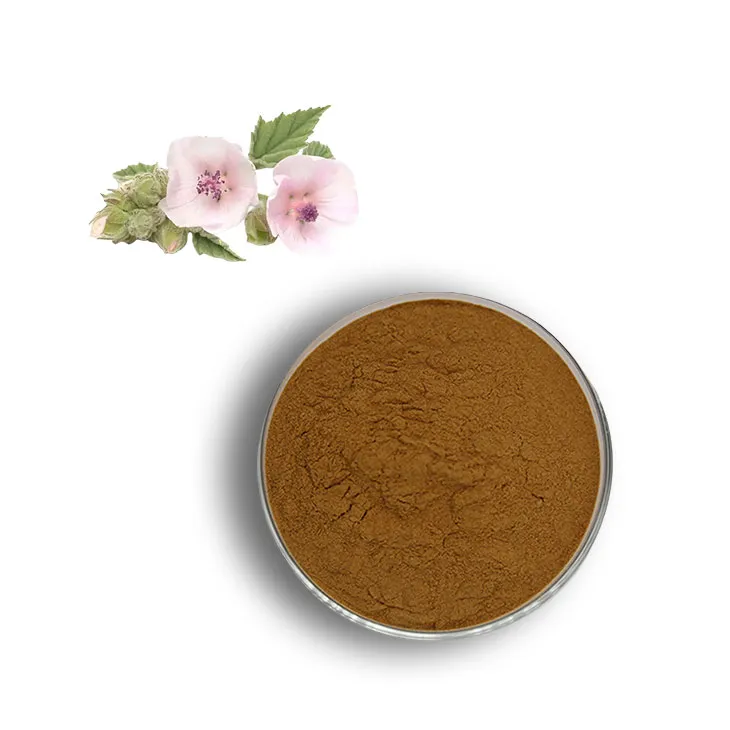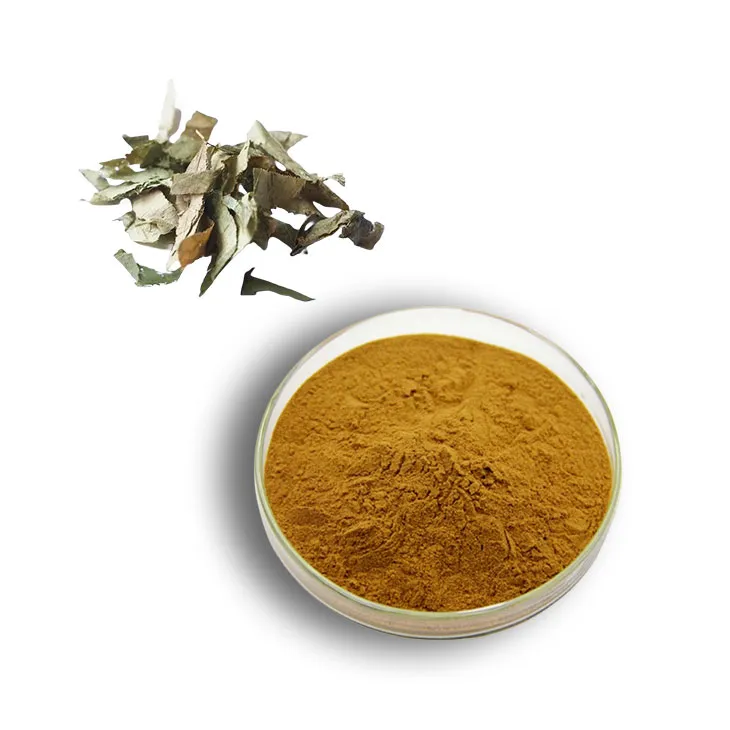- 0086-571-85302990
- sales@greenskybio.com
Innovations in Crimson: The Future of Saffron Extract Powder
2024-07-04
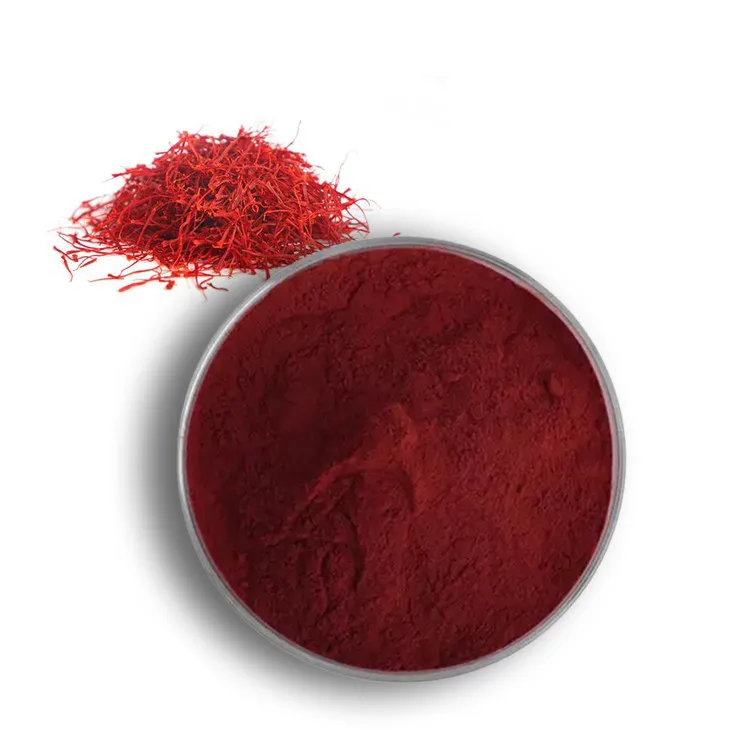
1. Introduction
Saffron, known as the "red gold," has been a highly prized spice for centuries. Saffron Extract Powder, which is derived from the dried stigmas of the Crocus sativus flower, is now emerging as a product with great potential in various industries. This article will explore the latest developments in Saffron Extract Powder, from its market trends to technological advancements and its potential applications in different fields.
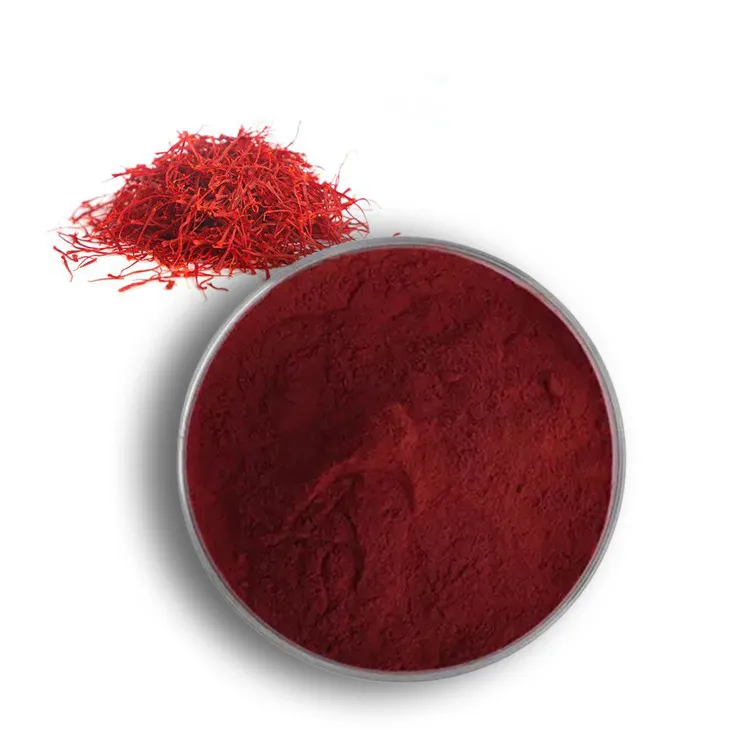
2. The Evolving Market of Saffron Extract Powder
2.1. Growing Demand
The market for saffron extract powder has been witnessing a steady growth in recent years. This growth can be attributed to several factors. Firstly, the increasing awareness about the health benefits of saffron has led to a rise in its consumption. Saffron is known for its antioxidant, anti - inflammatory, and mood - enhancing properties. Consumers are becoming more health - conscious and are actively seeking natural products like saffron extract powder to improve their well - being.
Secondly, the food and beverage industry has been showing a great interest in saffron extract powder. It is used as a natural flavoring agent and a coloring agent in various products. For example, in the confectionery industry, saffron extract powder is added to cakes, cookies, and candies to give them a unique flavor and a beautiful golden - yellow color. In the beverage industry, it is used in making saffron - flavored teas, coffees, and cocktails.
2.2. Market Segmentation
The market for saffron extract powder can be segmented based on different criteria. One way is to segment it by application. The major applications include the food and beverage industry, the nutraceutical industry, the cosmetic industry, and the pharmaceutical industry.
- Food and Beverage Industry: As mentioned earlier, saffron extract powder is used for flavoring and coloring in a wide range of products. It is also used in high - end and gourmet products to add a touch of luxury.
- Nutraceutical Industry: Saffron extract powder is rich in bioactive compounds such as crocin, picrocrocin, and safranal. These compounds have potential health benefits, which make saffron extract powder a popular ingredient in dietary supplements. It is believed to help with conditions such as depression, anxiety, and memory loss.
- Cosmetic Industry: Saffron has been used in traditional beauty remedies for its skin - brightening and anti - aging properties. In the cosmetic industry, saffron extract powder is used in the formulation of creams, lotions, and serums. It can help improve skin texture, reduce wrinkles, and give the skin a healthy glow.
- Pharmaceutical Industry: Research is being conducted on the potential pharmaceutical applications of saffron extract powder. Some studies suggest that it may have anti - cancer properties and could be used in the development of new drugs for treating certain types of cancers.
Another way to segment the market is by region. Saffron is mainly produced in regions such as Iran, Spain, and India. However, the consumption of saffron extract powder is not limited to these regions. The United States, Europe, and Asia - Pacific are emerging as major markets for saffron extract powder due to the increasing demand for natural and healthy products.
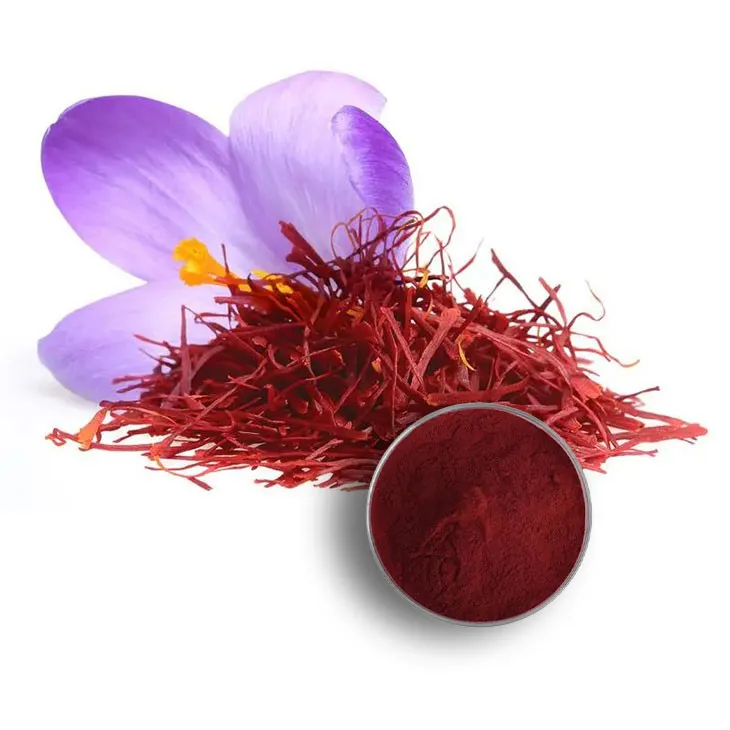
3. Technological Advancements in Saffron Extract Powder Production
3.1. Extraction Methods
Traditional extraction methods of saffron extract powder involved using solvents such as ethanol or water. However, these methods had some limitations, such as low extraction efficiency and the potential for solvent residues in the final product. Modern extraction techniques are being developed to overcome these problems.
One of the advanced extraction methods is supercritical fluid extraction (SFE). In SFE, supercritical carbon dioxide is used as the solvent. This method offers several advantages. It has a high extraction efficiency, which means more of the bioactive compounds can be extracted from the saffron stigmas. It also leaves no solvent residues in the final product, making it a cleaner and safer extraction method. Additionally, SFE can be carried out at relatively low temperatures, which helps preserve the integrity of the bioactive compounds.
Another emerging extraction technique is ultrasound - assisted extraction (UAE). UAE uses ultrasonic waves to enhance the extraction process. The ultrasonic waves create cavitation bubbles in the solvent, which helps break down the cell walls of the saffron stigmas and release the bioactive compounds more efficiently. UAE is a relatively simple and cost - effective method compared to SFE.
3.2. Quality Control and Standardization
With the increasing demand for saffron extract powder, quality control and standardization have become crucial. There are several parameters that need to be monitored during the production process to ensure the quality of the final product.
One important parameter is the content of bioactive compounds. High - performance liquid chromatography (HPLC) is commonly used to analyze the levels of crocin, picrocrocin, and safranal in saffron extract powder. This helps ensure that the product contains the right amount of these important compounds.
Another parameter is the purity of the extract. Contaminants such as heavy metals, pesticides, and mycotoxins need to be detected and removed to ensure the safety of the product. Various analytical techniques such as atomic absorption spectroscopy (AAS) for heavy metals and gas chromatography - mass spectrometry (GC - MS) for pesticides and mycotoxins are used for this purpose.
Standardization of saffron extract powder is also necessary to ensure consistency in its quality. This involves setting standards for the extraction process, the content of bioactive compounds, and the purity of the product. International organizations and regulatory bodies are working towards developing unified standards for saffron extract powder.
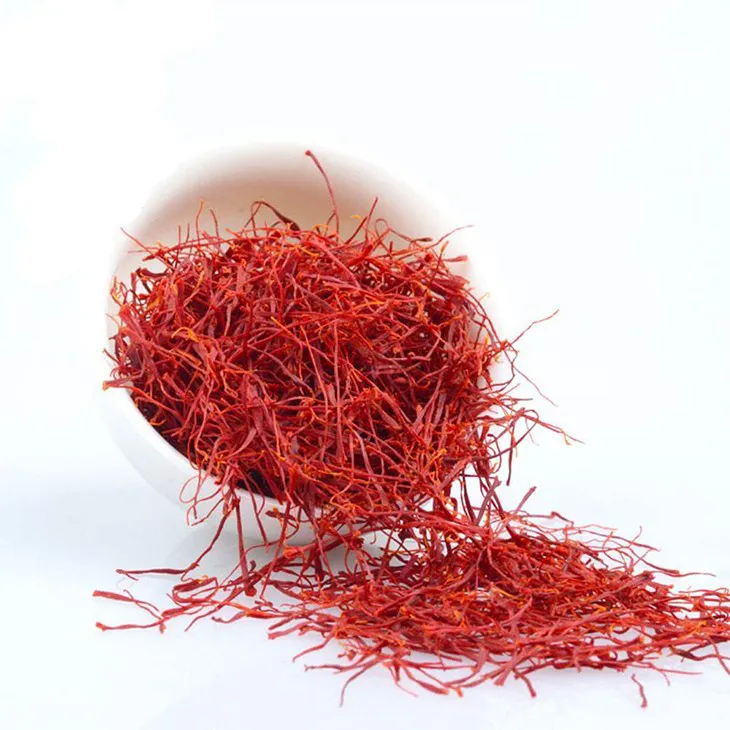
4. The Untapped Potential in Nutraceuticals
4.1. Health - Promoting Compounds
Saffron extract powder is a rich source of bioactive compounds that have potential health - promoting effects. Crocin, which is responsible for the characteristic color of saffron, has been shown to have antioxidant properties. Antioxidants help protect the body against oxidative stress, which is associated with various diseases such as cancer, heart disease, and neurodegenerative diseases.
Picrocrocin gives saffron its bitter taste and is also believed to have anti - inflammatory properties. Inflammation is a key factor in many chronic diseases, and reducing inflammation can have a positive impact on overall health. Safranal, on the other hand, is responsible for the unique aroma of saffron and has been shown to have mood - enhancing properties. It may help relieve symptoms of depression and anxiety.
4.2. Dietary Supplements
The potential health benefits of saffron extract powder make it an ideal ingredient for dietary supplements. There are already a number of saffron - based dietary supplements available in the market. These supplements are often marketed as products that can help improve mood, boost cognitive function, and support overall health.
However, more research is needed to fully understand the efficacy and safety of these supplements. Clinical trials are required to determine the optimal dosage, the long - term effects, and any potential interactions with other medications. As the demand for natural and alternative health products continues to grow, the nutraceutical potential of saffron extract powder is likely to be further explored.
5. Bio - Based Products and Saffron Extract Powder
5.1. Bio - Plastics
The development of bio - based products is an area of increasing interest. Saffron extract powder could potentially be used in the production of bio - plastics. Bio - plastics are plastics that are made from renewable sources such as plants. They are considered more environmentally friendly than traditional plastics.
The bioactive compounds in saffron extract powder may provide certain properties to the bio - plastics. For example, they may act as antioxidants or antimicrobial agents, which can improve the stability and shelf - life of the bio - plastics. Additionally, the use of saffron extract powder in bio - plastics could add a unique aesthetic value, as it can give the plastic a natural color and a pleasant aroma.
5.2. Bio - Based Textiles
In the textile industry, saffron extract powder could also find applications in the development of bio - based textiles. Saffron has been used in traditional dyeing processes for its beautiful color. Modern research is exploring the possibility of using saffron extract powder to develop new types of bio - based dyes.
These bio - based dyes could be more sustainable than traditional chemical dyes, as they are derived from a natural source. They may also have additional properties such as antibacterial or UV - protective properties, which could make them suitable for use in high - performance textiles. Moreover, the use of saffron extract powder in textile finishing could give the fabric a soft feel and a pleasant smell.
6. Conclusion
In conclusion, saffron extract powder has a bright future with great potential in various industries. The evolving market, technological advancements in production, and the untapped potential in areas like nutraceuticals and bio - based products all point to a growing importance of this precious extract. However, there are still challenges that need to be addressed, such as ensuring quality control and standardization, and conducting more research to fully understand its potential applications. With continued innovation and research, saffron extract powder is likely to open new horizons in the fields of health, food, cosmetics, and environmental - friendly products.
FAQ:
What are the main technological advancements in saffron extract powder production?
Recent technological advancements in saffron extract powder production include more precise extraction methods. For example, advanced solvent - extraction techniques have been developed to ensure a higher purity of the extract. Also, new drying technologies like freeze - drying are being used to preserve the bioactive compounds in saffron extract powder more effectively. There are also innovations in quality control, such as the use of advanced spectroscopy to analyze the chemical composition accurately.
How is the market for saffron extract powder evolving?
The market for saffron extract powder is evolving in several ways. Firstly, there is an increasing demand in the nutraceutical industry as consumers become more health - conscious. Saffron extract powder is being incorporated into dietary supplements. Secondly, in the cosmetic industry, it is being used more widely due to its antioxidant properties. Additionally, in the food and beverage industry, it is emerging as a natural flavoring and coloring agent, which is driving the growth of the market.
What potential does saffron extract powder have in nutraceuticals?
In nutraceuticals, saffron extract powder has significant potential. It contains various bioactive compounds such as crocin, safranal, and picrocrocin. These compounds have been associated with antioxidant, anti - inflammatory, and mood - enhancing properties. For example, some studies suggest that saffron extract powder may help in reducing symptoms of mild to moderate depression. It can also potentially be used to improve cognitive function and support heart health.
How can saffron extract powder be used in bio - based products?
Saffron extract powder can be used in bio - based products in different ways. In the field of biomedicine, it can be a source of natural drugs or drug precursors due to its bioactive components. In the development of biodegradable polymers, the compounds in saffron extract powder may offer unique properties such as antioxidant and antimicrobial activity, which can be incorporated into the polymer matrix to enhance its performance. It can also be used in bio - based coatings for food packaging to provide a natural preservative effect.
What are the challenges in the development of saffron extract powder?
One of the main challenges in the development of saffron extract powder is the high cost of production. Saffron is a very expensive raw material, and the extraction process also requires sophisticated equipment and techniques, which add to the cost. Another challenge is the standardization of the product. Due to variations in saffron quality and extraction methods, it is difficult to ensure a consistent product quality. Additionally, there are regulatory challenges as the use of saffron extract powder in different industries needs to comply with various regulations.
Related literature
- Saffron: Botany, Chemistry, and Pharmacology"
- "The Therapeutic Potential of Saffron in Neurological and Psychiatric Disorders"
- "Saffron in Food and Beverage Industry: A Review"
- "Bioactive Compounds in Saffron and Their Applications in Cosmetics"
- ▶ Hesperidin
- ▶ Citrus Bioflavonoids
- ▶ Plant Extract
- ▶ lycopene
- ▶ Diosmin
- ▶ Grape seed extract
- ▶ Sea buckthorn Juice Powder
- ▶ Fruit Juice Powder
- ▶ Hops Extract
- ▶ Artichoke Extract
- ▶ Mushroom extract
- ▶ Astaxanthin
- ▶ Green Tea Extract
- ▶ Curcumin
- ▶ Horse Chestnut Extract
- ▶ Other Product
- ▶ Boswellia Serrata Extract
- ▶ Resveratrol
- ▶ Marigold Extract
- ▶ Grape Leaf Extract
- ▶ New Product
- ▶ Aminolevulinic acid
- ▶ Cranberry Extract
- ▶ Red Yeast Rice
- ▶ Red Wine Extract
-
Centella Asiatica Extract
2024-07-04
-
Soy Extract
2024-07-04
-
Horse Chestnut Extract
2024-07-04
-
Honeysuckle Pollen
2024-07-04
-
Red Wine Extract
2024-07-04
-
Bayberry Extract
2024-07-04
-
Tongkat Ali Extract
2024-07-04
-
Sophora Japonica Flower Extract
2024-07-04
-
Medicinal Marshmallow Extract
2024-07-04
-
Epimedium extract powder
2024-07-04











